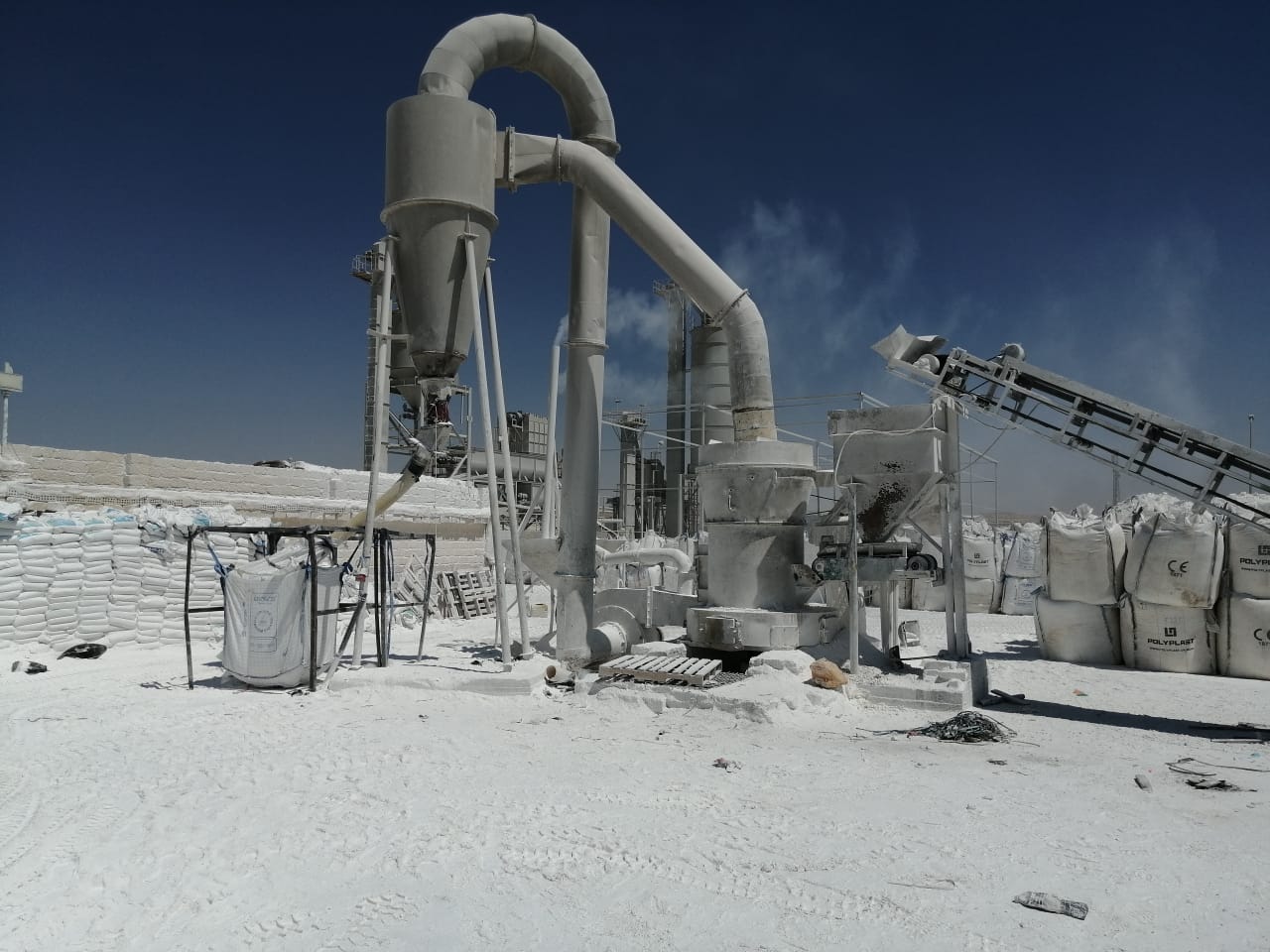
05 Aug Details on raw material
Calcium oxide (also called quicklime, burnt lime, or unslaked lime) is formed by burning limestone. Quicklime reacts with water, generating a great amount of heat. We distinguish soft-burnt lime, medium-burnt lime, and hard-burnt lime. In the construction industry, quicklime is added to mortar. It can also be used as a drying or neutralizing agent, as fertilizer lime and for the production of lime mortar and lime plaster.
By adding water, calcium oxide is transformed into calcium hydroxide (also called lime hydrate, hydrated lime or slaked lime). Lime hydrate can, for example, be used instead of limestone for flue gas desulfurization. To be noted that the amount of lime hydrate is smaller than that of limestone. Derived from quicklime, gypsum (calcium sulfate) has a whiteness of about 80% and is ready for other uses.


No Comments